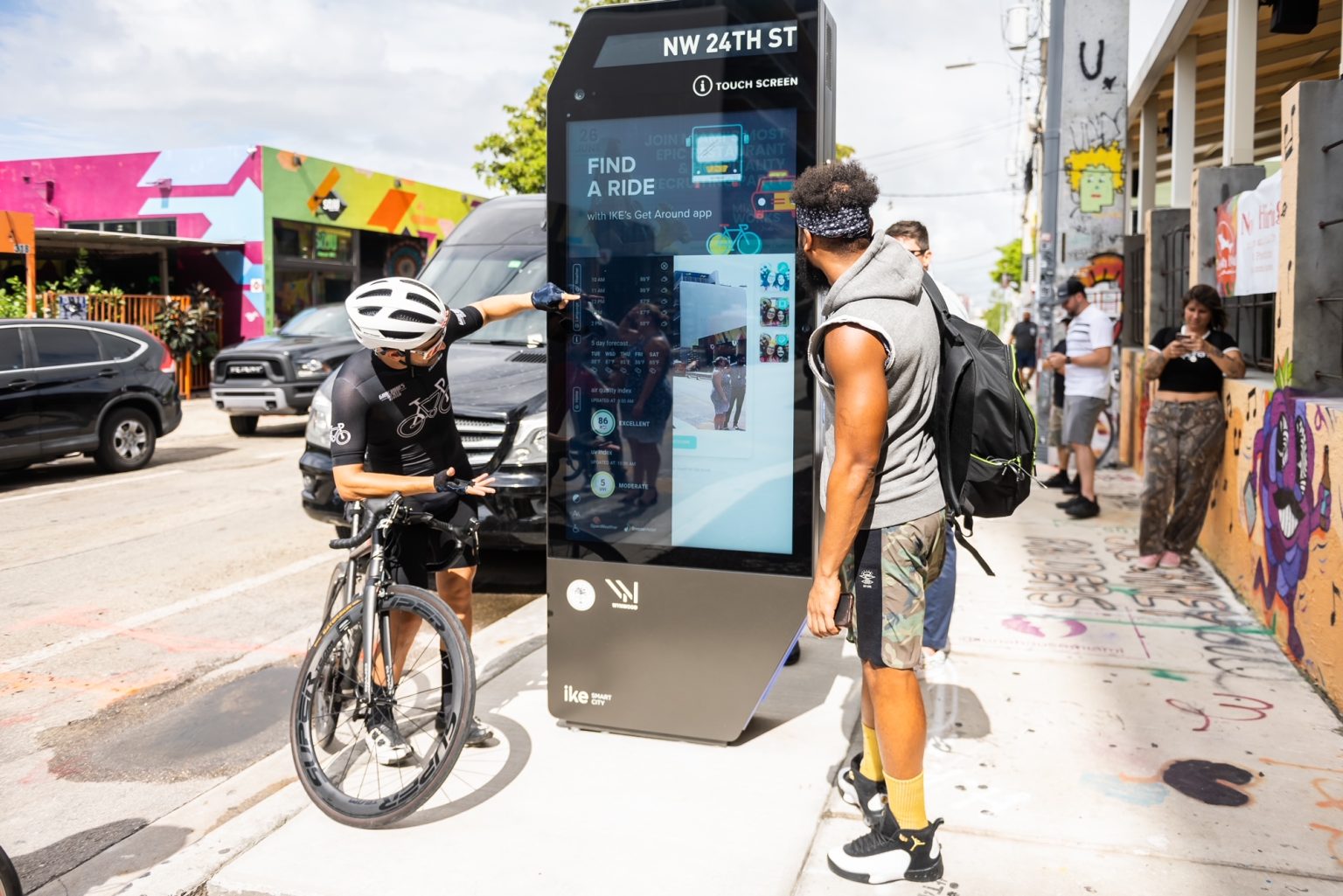A proposal has been made to bring 30 interactive digital kiosks, called IKE Smart City, to downtown Seattle in an effort to enhance public safety, wayfinding, Wi-Fi access, community engagement, and more. The kiosks are intended to provide information about nearby businesses, events, directions, and other services to residents and tourists. The program, which is a partnership between Orange Barrel Media and the Downtown Seattle Association, aims to generate advertising revenue that would be reinvested in downtown Seattle while also benefiting the City economically.
The kiosks would not cost the City of Seattle anything for installation or upkeep, as the advertising revenue generated is expected to surpass $1.1 million annually. The City also stands to benefit financially from the program. The kiosks would provide rights to a portion of the content to DSA and its partners. There are plans to install these kiosks in time for the FIFA World Cup in 2026 and expand them to outer neighborhoods in the future. The devices are meant to enhance the City’s Downtown Activation Plan, which aims to revitalize the city post-pandemic.
While there are concerns about visual clutter, excessive advertising, and light pollution, proponents argue that the kiosks would provide public safety benefits by allowing emergency broadcasts and information sharing during emergencies. The kiosks would also provide digitally disadvantaged individuals with access to information and services through public touch screens. There are plans to integrate the kiosk design with the Department of Transportation’s current pedestrian wayfinding program to ensure a cohesive look. While privacy concerns have been raised, the program does not collect or sell personally identifiable information and does not include security cameras.
The proposal aims to address concerns about data privacy, public safety functionalities, neighborhoods to receive the kiosks, and the balance between art, services, and advertisements on the screens. While some worry about the potential visual clutter and homogenization of Seattle’s landscape, proponents argue that the number of kiosks spread across the city block faces would not add substantial clutter. Some members of the public have raised concerns about the priority of ads over useful services on the kiosks. The timeline includes additional meetings to gather public input on the proposal and present it to the City Council for further consideration.
In conclusion, the proposal to bring IKE Smart City kiosks to downtown Seattle aims to provide a wide range of benefits, including public safety enhancements, wayfinding assistance, community engagement, and economic opportunities. While concerns about visual clutter, privacy, and the balance of advertising and public services need to be addressed, proponents believe that the kiosks could be a valuable addition to the city’s landscape. Further discussions and public input will help refine the proposal before it is presented to the City Council for final approval.


